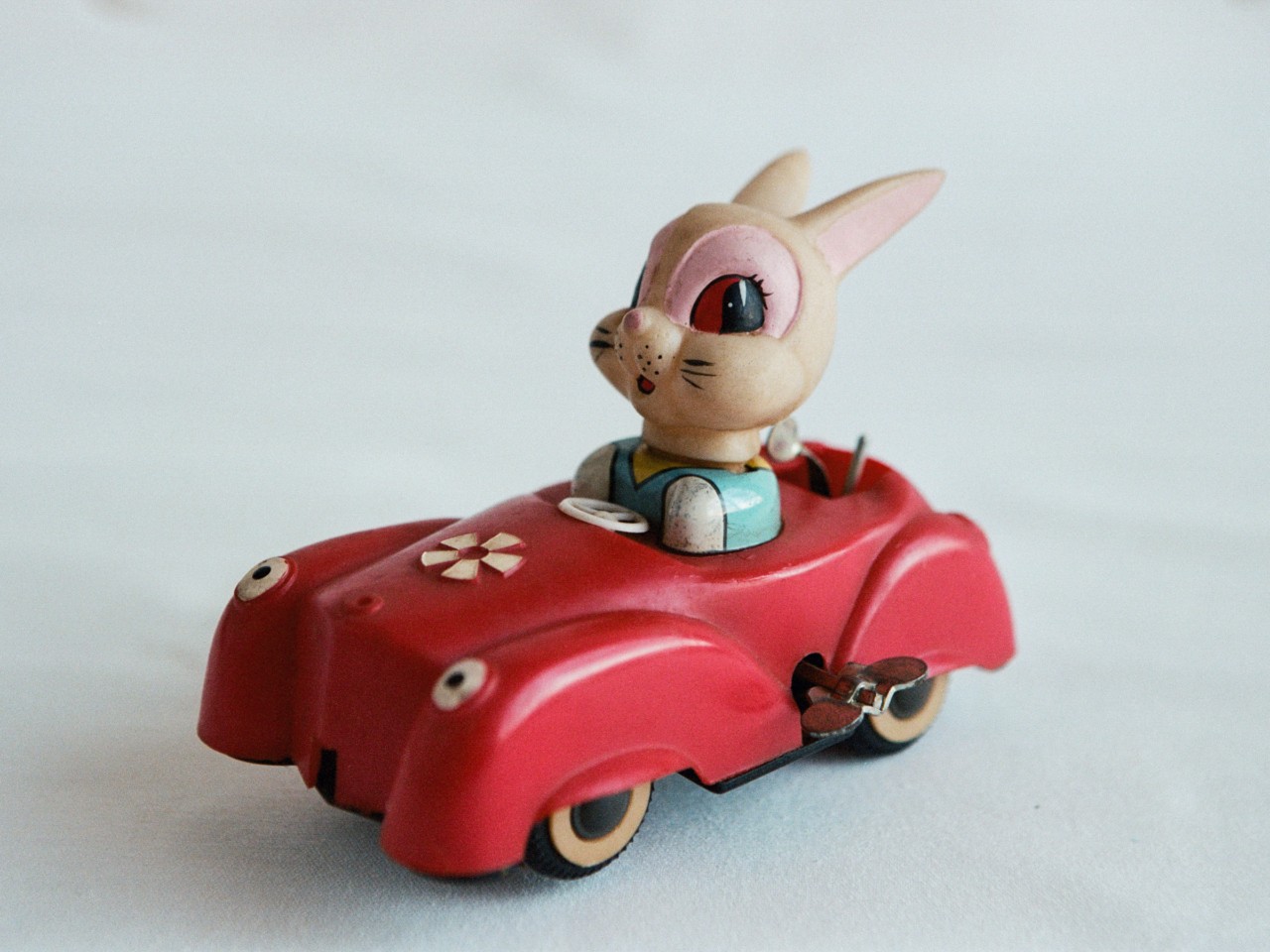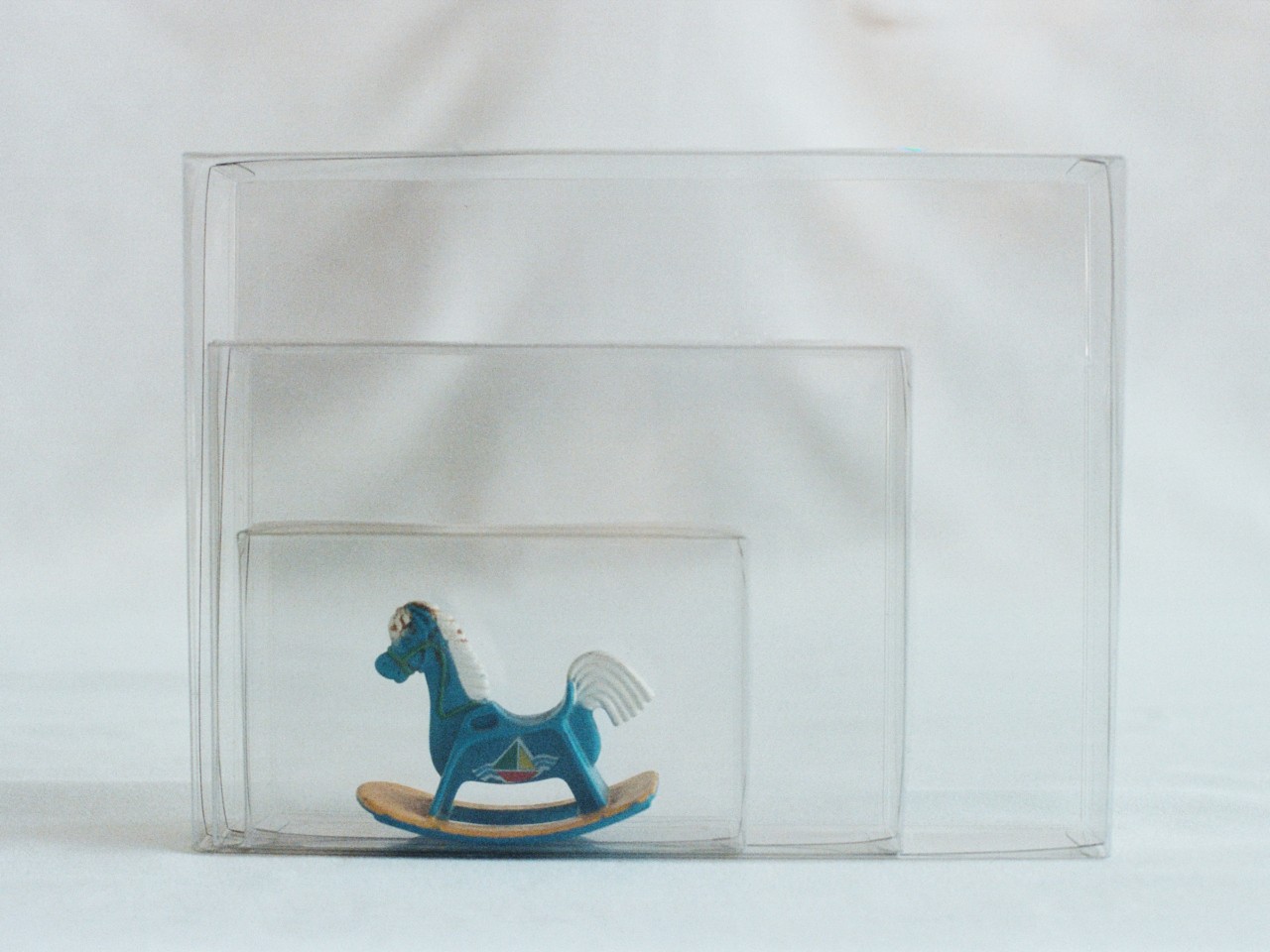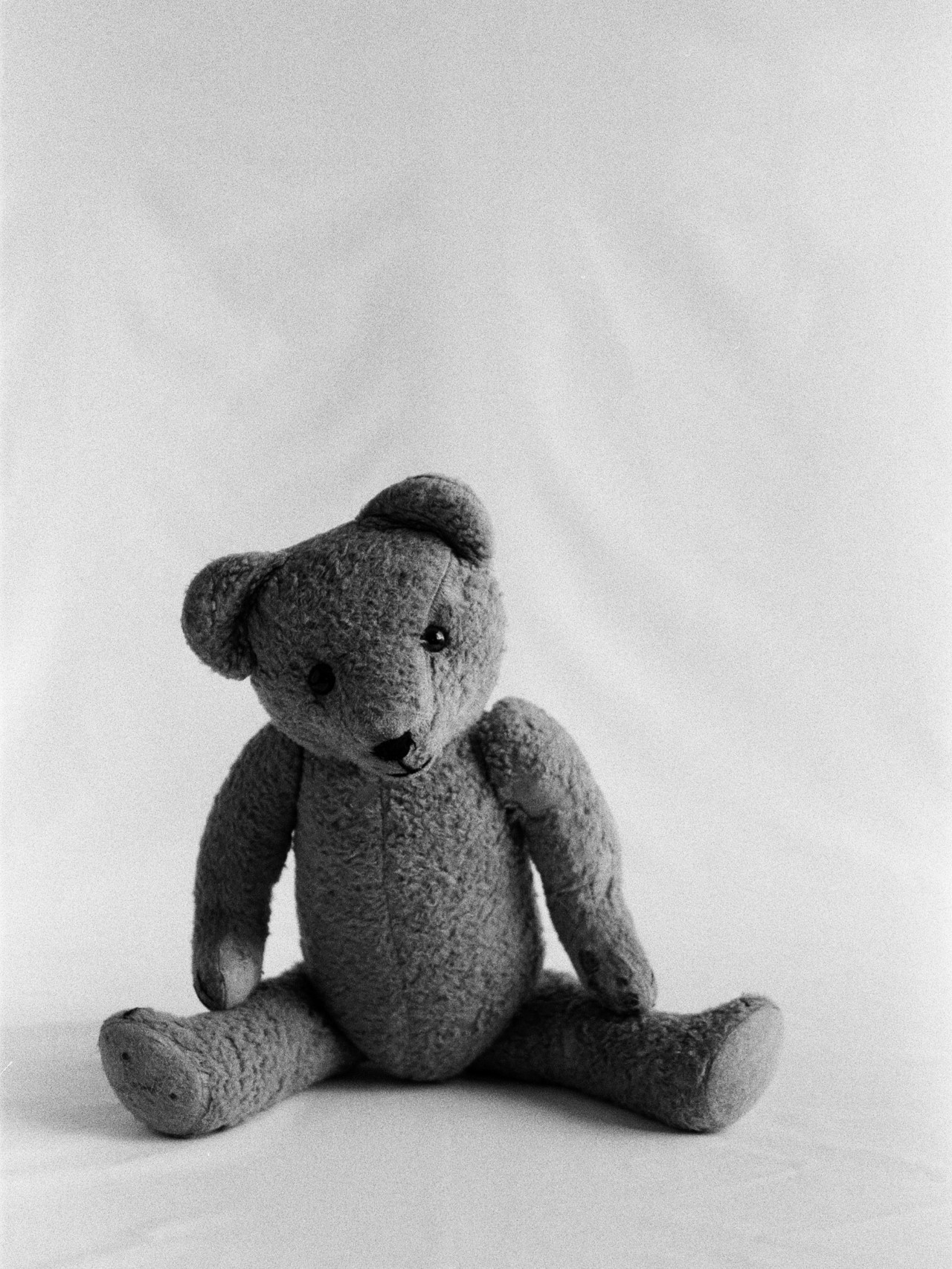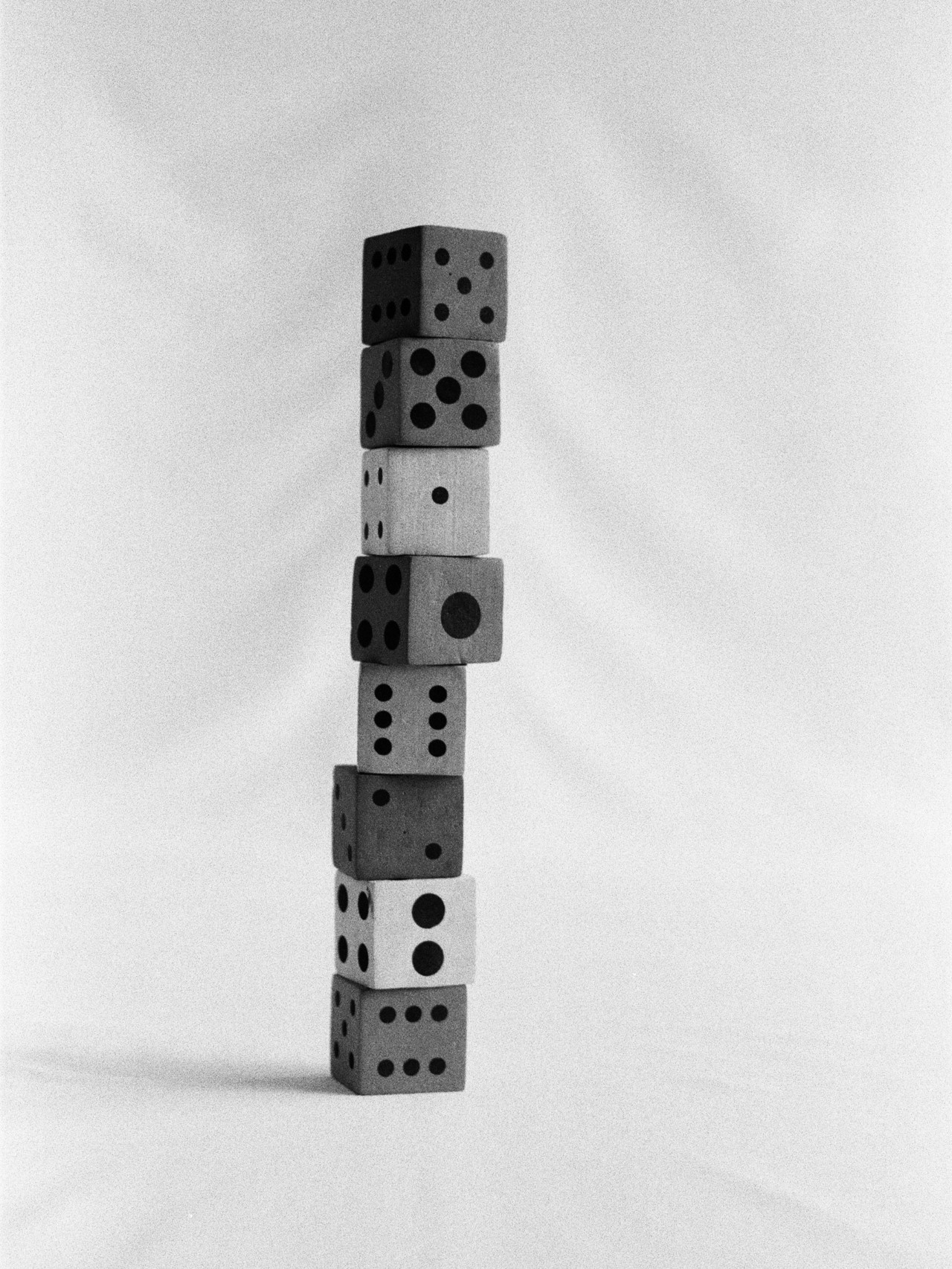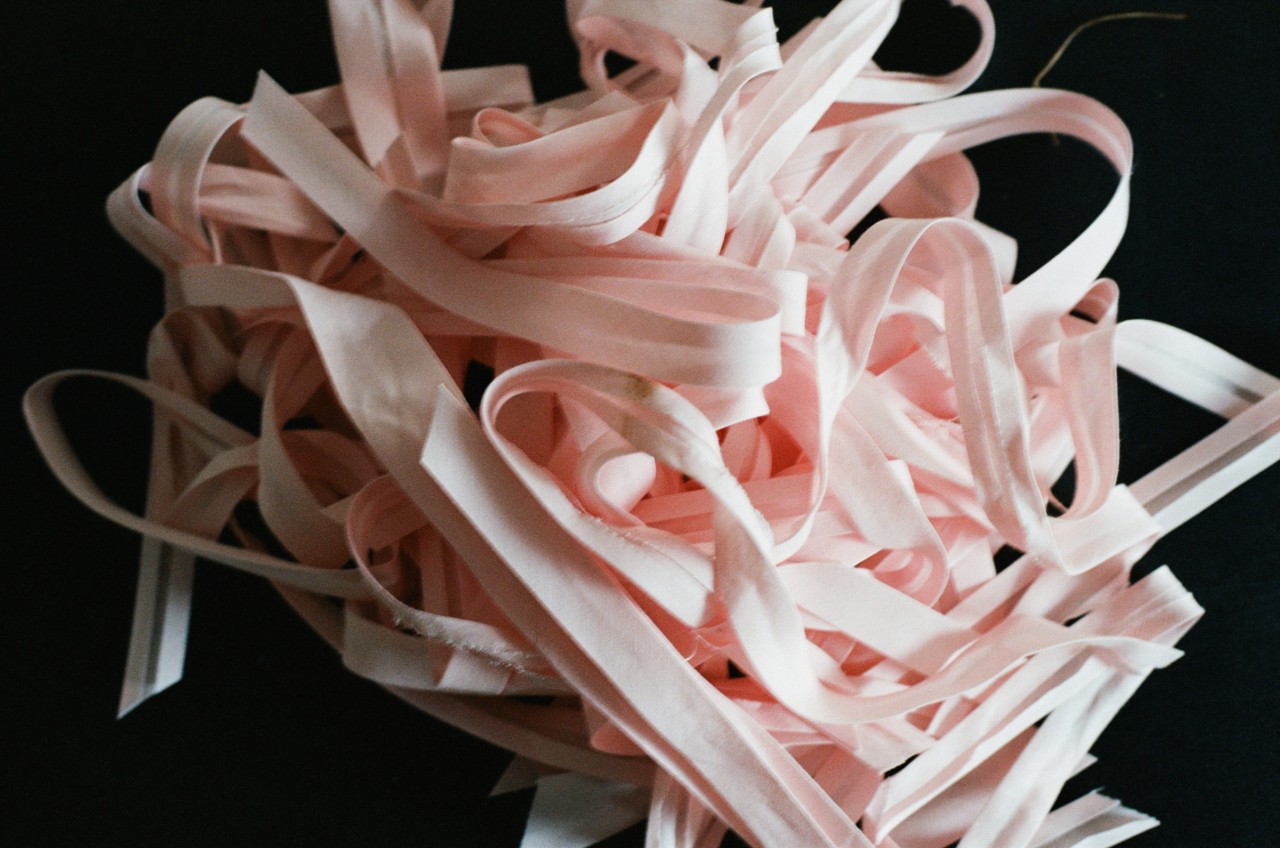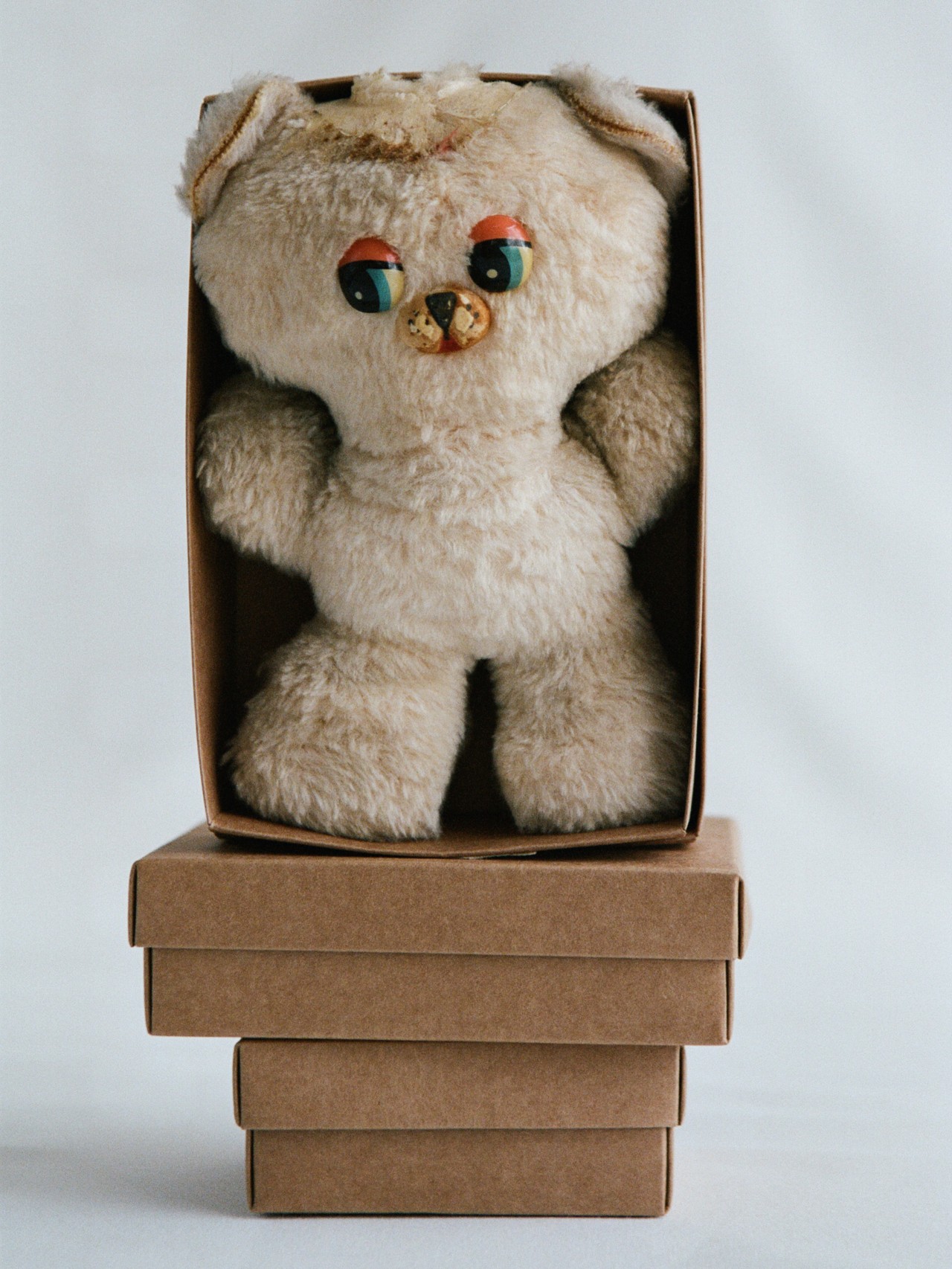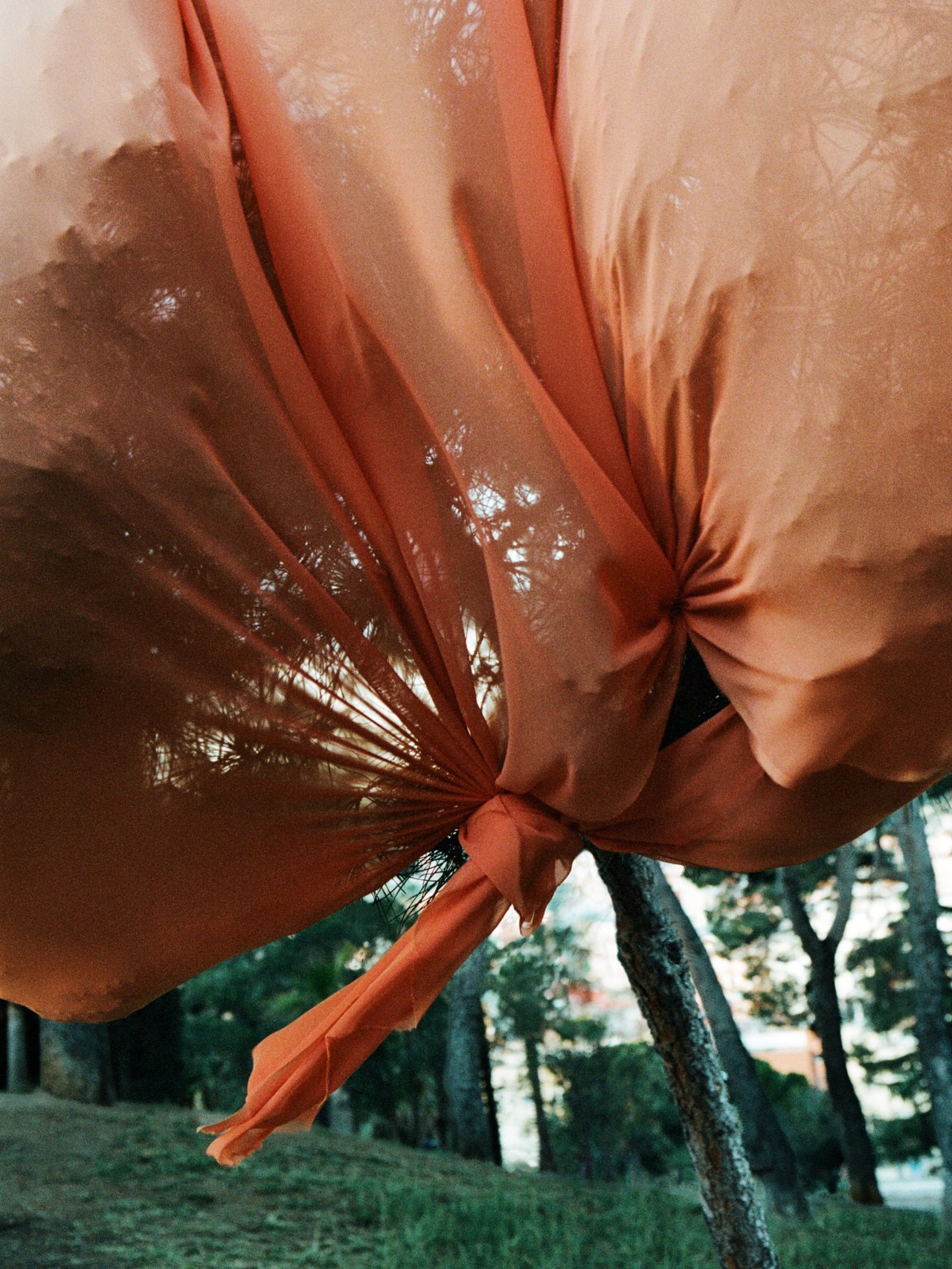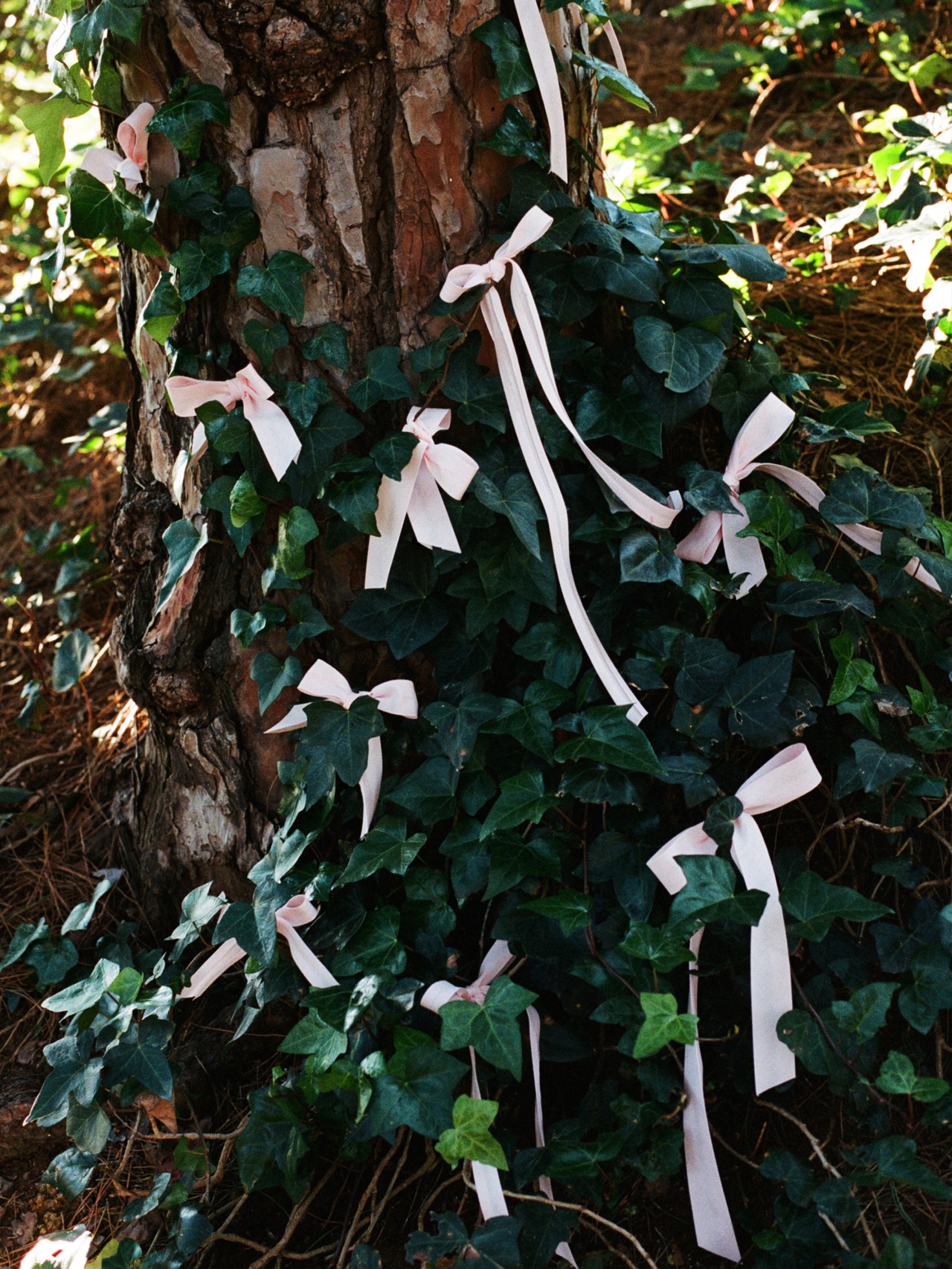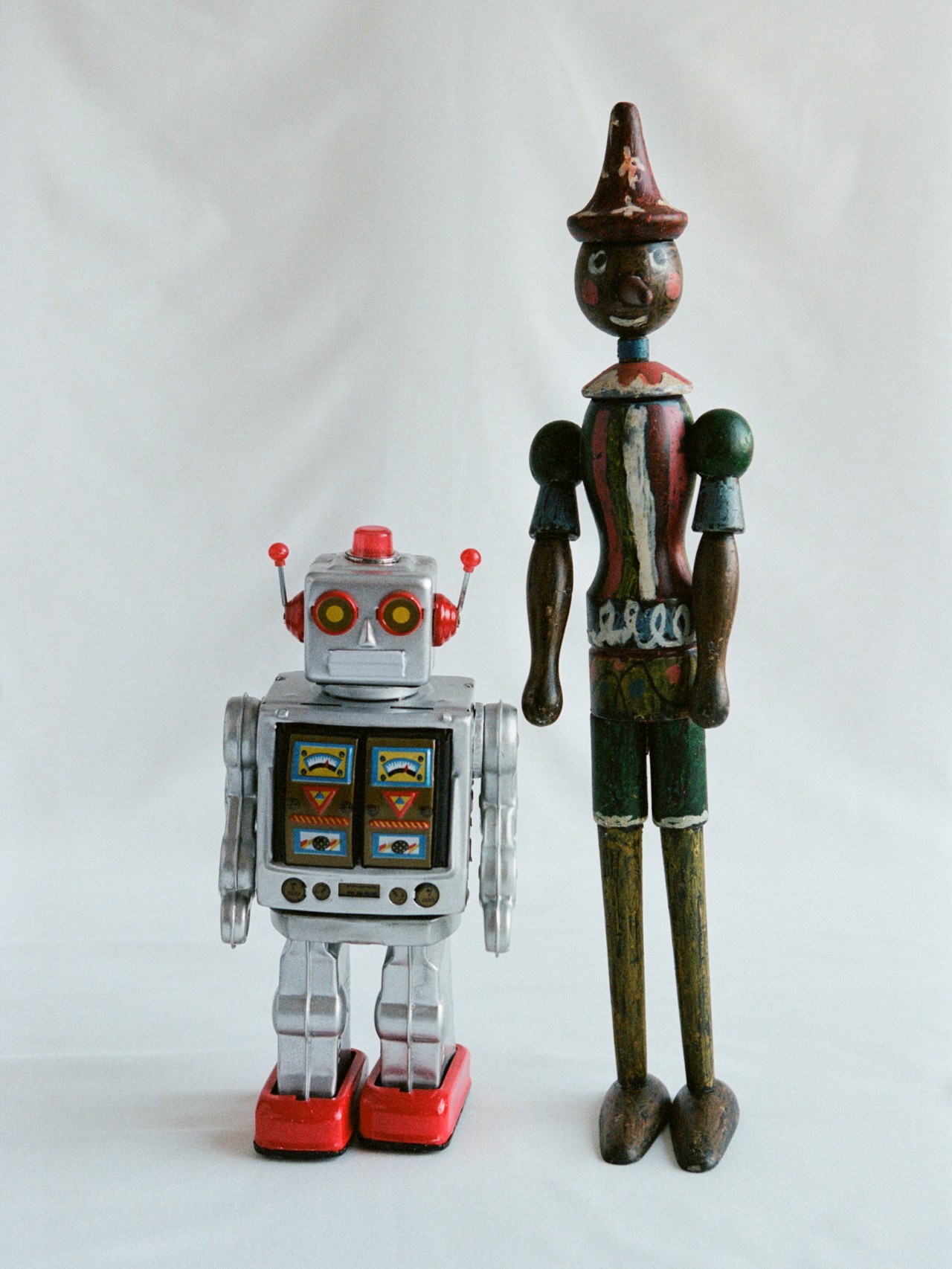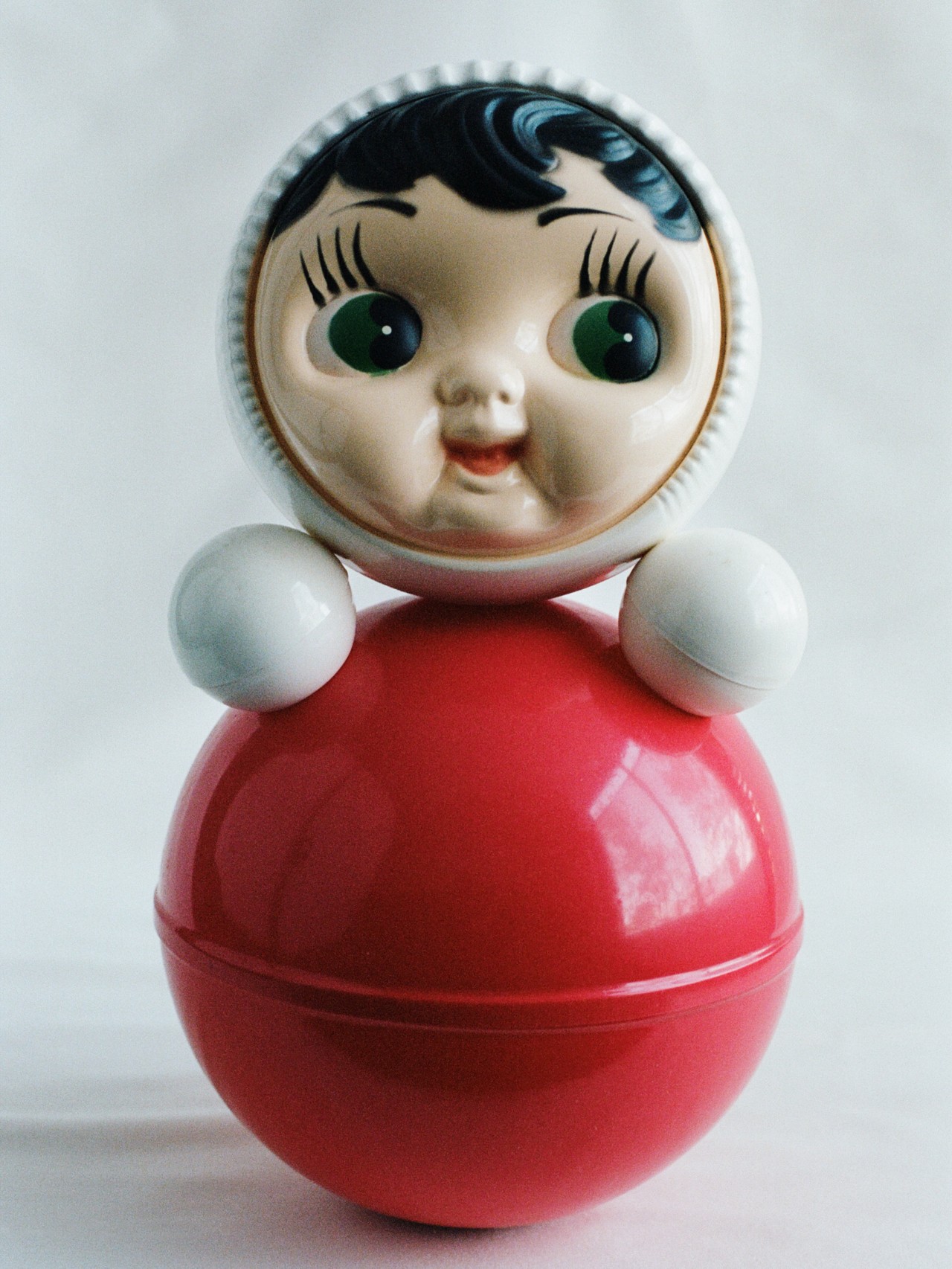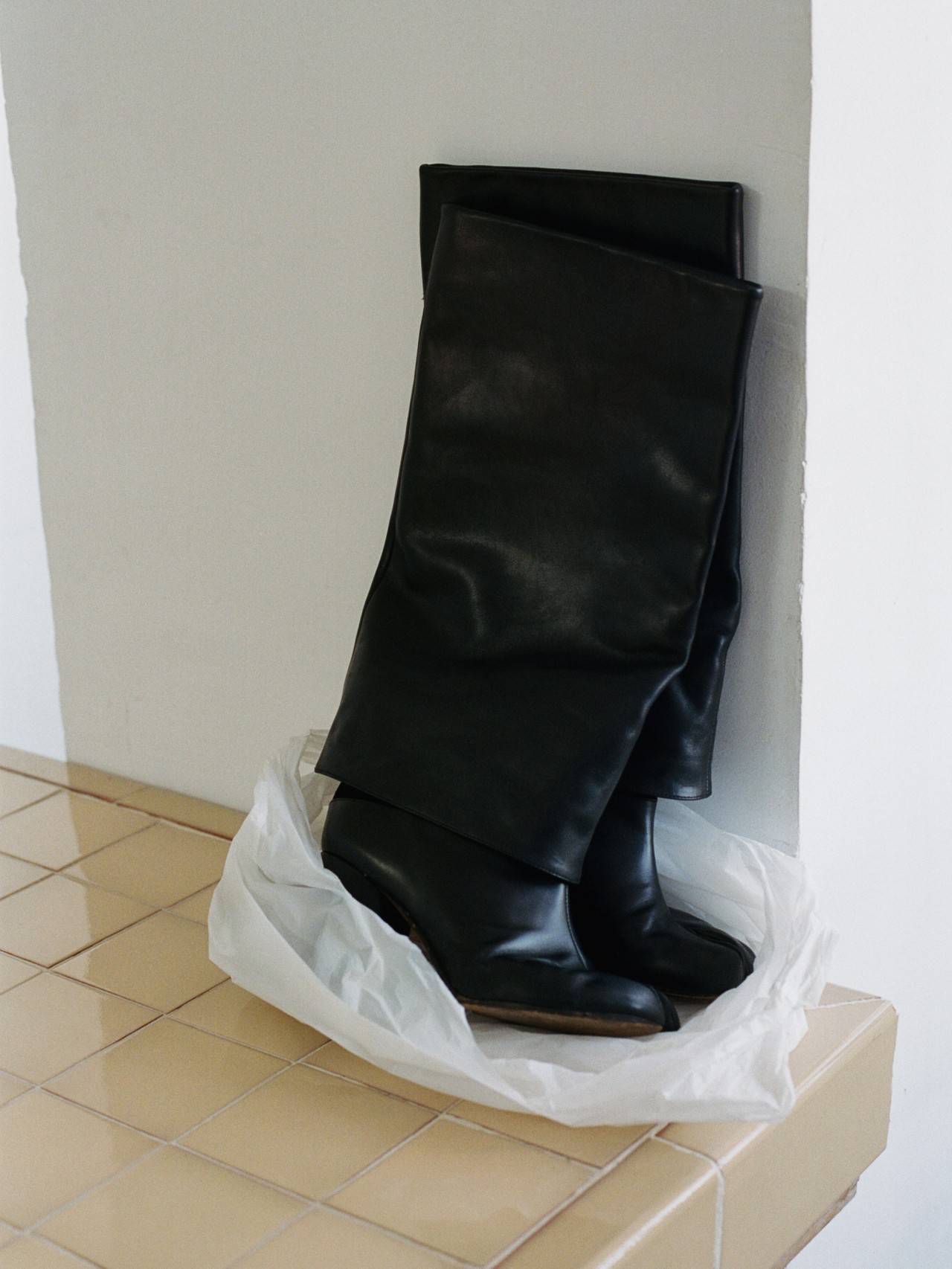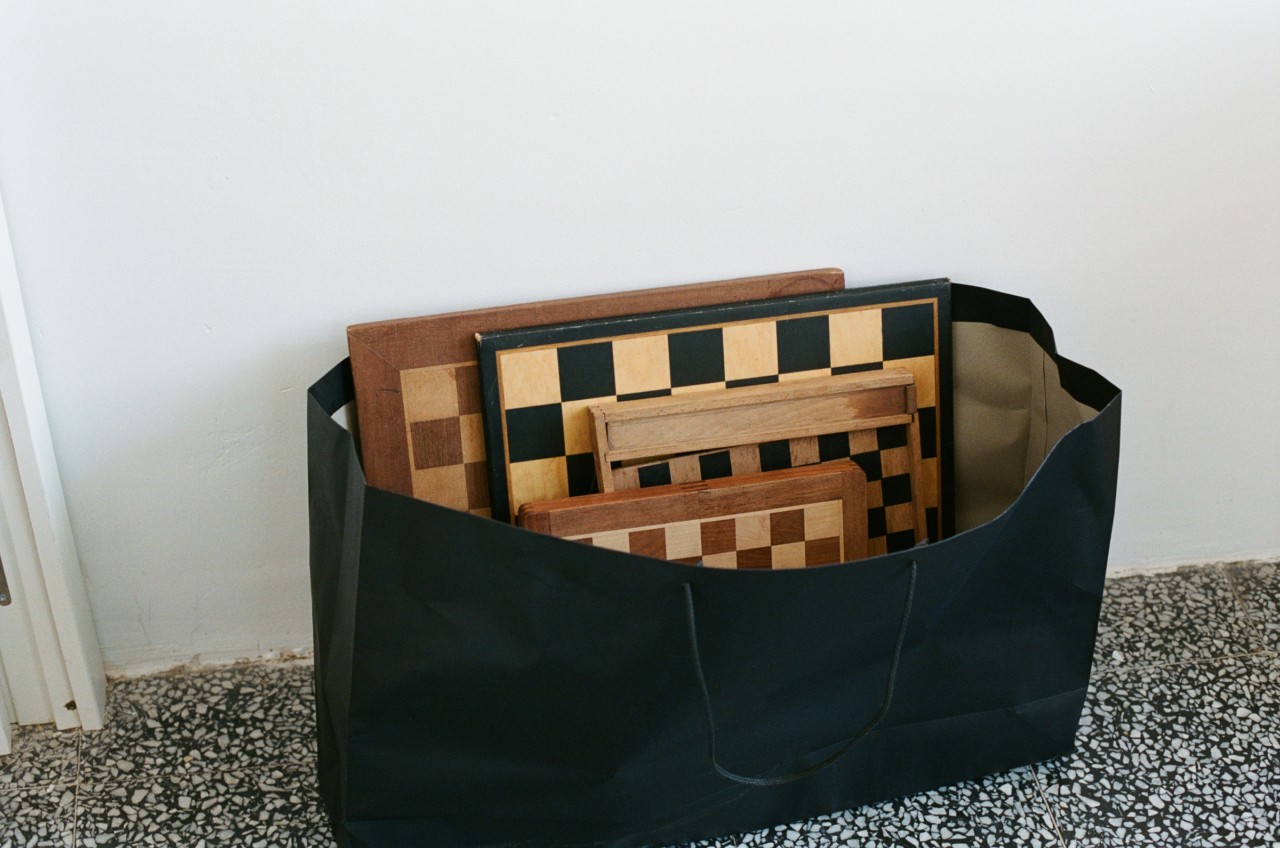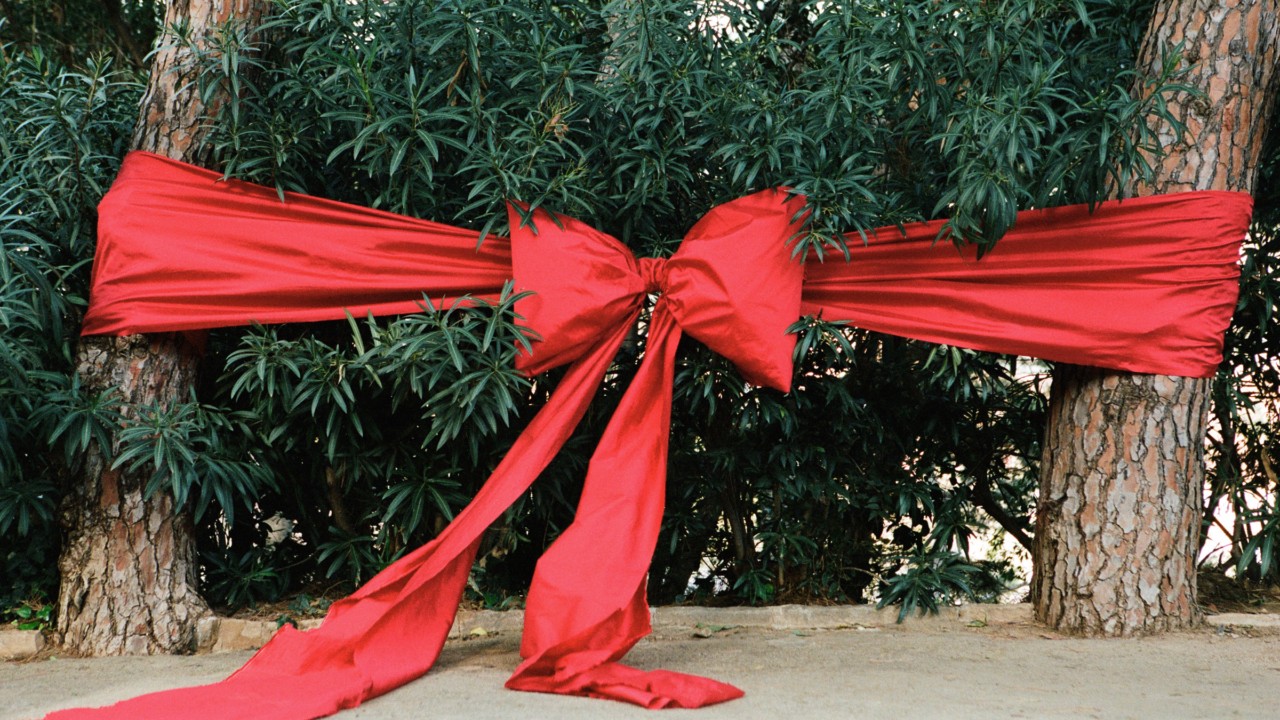
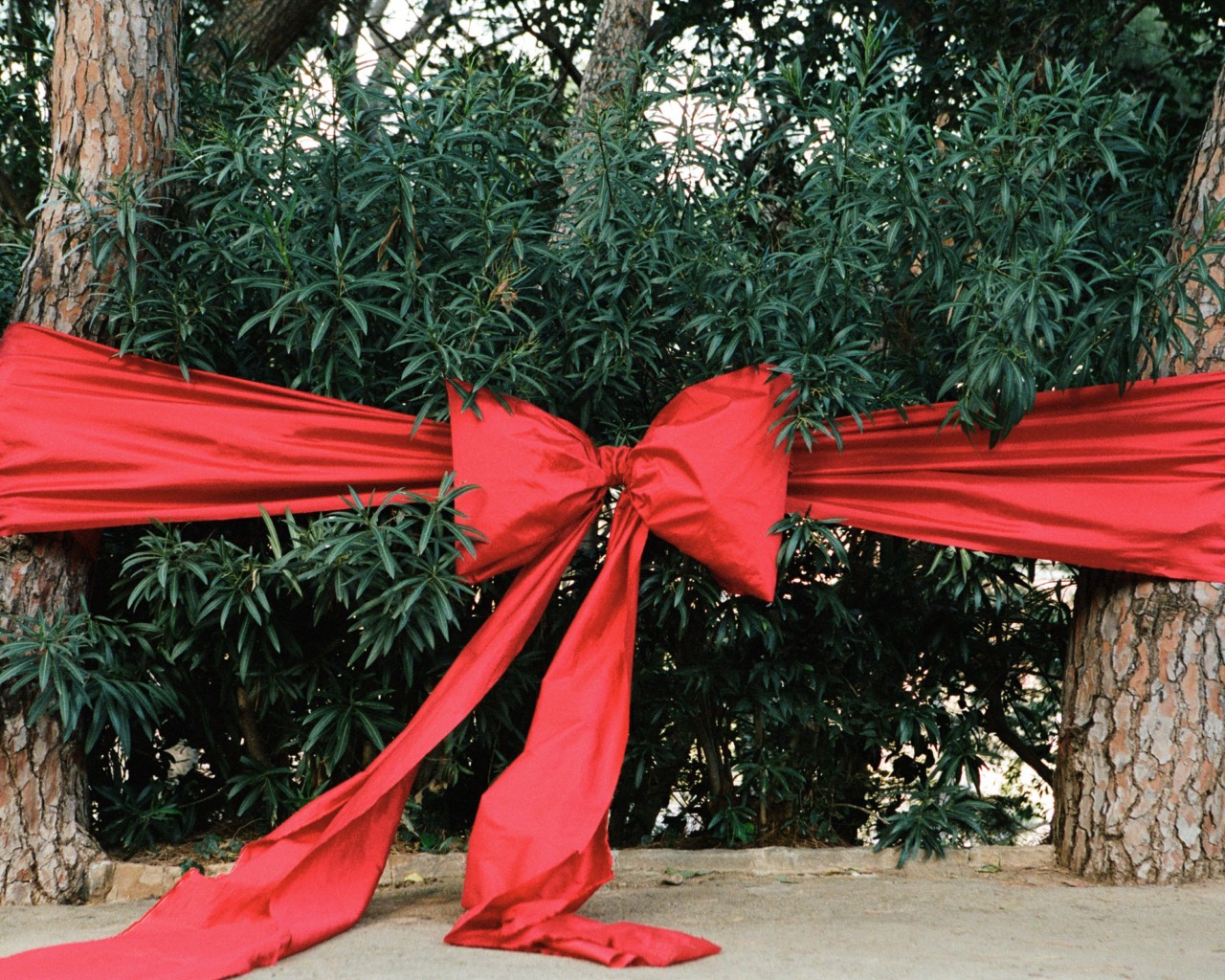
Words by Sophie Benson
photographs by Estévez + Belloso
Gift-giving is a long-established practice rooted in social connection, worship, friendship, love, and charity. These motivations still linger, but the modern holiday season—together with the marketing machine that drives it—has become a juggernaut of overconsumption. While early gifts were vessels for spiritual favor or the bridging of social divides, consumption has become both the means and the end. We buy for the sake of buying because that’s what the holiday season demands of us.
This year, Americans plan to spend an average of $1,014 on Christmas and other holiday gifts. In Europe, Brits are expected to spend £88 billion ($110 billion) in total, while Germans follow closely behind with an anticipated £73 billion ($91 billion). The huge seasonal spend accounts for 19% of all retail sales, but behind the economic boom lays a trail of impacts.
Research by fintech company Finder reveals that 53% of American adults—or around 138 million people—get at least one unwanted gift over the holidays. Of these presents, 12% are thrown away, so at a conservative estimate of just one unwanted gift per adult (though some receive five or more) that’s at least 16.5 million gifts thrown away every year.


Gifts are wrapped in over $12 billion worth of paper and gift bags in the United States alone; half of that packaging is estimated to end up in landfills. In the United Kingdom, the amount of gift wrap thrown away each year could wrap around the Earth more than eight times. Add in tape, labels, ribbons, and the multiple pieces of—often plastic—packaging that the products come in, and the levels of waste become astronomical.
So, too, does the carbon footprint. The French emit nearly 6.3 million tons of CO2 equivalent during the holiday season, according to research published in 2022 by French environment agency ADEME—around 1% of all annual greenhouse gas emissions. Across all factors, including travel, toys, lights, and food, gifts have the highest footprint, making up 57% of holiday emissions.


The simple solution is to reduce the number of gifts we give. This is enormously effective: Bringing the number of gifts down from 4.5 to just one can decrease emissions by as much as 77%, according to ADEME.
But aside from slowing down our consumption, there’s a simple, time-tested solution available to everyone: regifting. Recirculating a present can expand the lifespan of an item, cut down on waste, and reduce its carbon footprint by up to 57%. The problem is the stigma attached to regifting that must be overcome.
“In the gift-giving domain, we often put aside the concern of being a responsible consumer and we think about what is a pleasant or luxurious thing to do,” says Jing Wan, assistant professor in the Department of Marketing and Consumer Studies at the University of Guelph in Ontario. “It’s not just about the gift, but the gesture.” And that comes loaded with expectations based on social norms.


Here are two components to the gesture of gift-giving, Wan says: money and thoughtfulness. A designer bag bought because it was specifically requested scores high on money and low on thoughtfulness; an inexpensive trinket purchased because it plays off an in-joke between friends scores high on thoughtfulness but low on money. A regift, meanwhile, runs the risk—theoretically at least—of triggering neither component because it was free, and chosen from a relatively small pool of items.
Nestled next to this fear is psychological contamination, says Wan, referring to the idea that the origins of an item impact how it’s perceived. It’s psychological contamination that renders a bottle dropped on the street trash, but a bottle a celebrity has drunk from a valuable souvenir. A newly purchased cashmere sweater might be considered a wonderful gift, but the act of regifting could taint it, transforming it into something lesser in the recipient’s view.

“Regifting is a small act of rebellion against capitalism and consumerism, which constantly tell us we need more, new things.”
While barriers are largely formed by the many external unspoken norms of gift-giving, from the time that we expect to be spent searching for a gift to the budget we expect to be applied, others are internalized, and predicated on the response we fear we might invoke by regifting. “It might put a question mark on our relationship,” Wan says, “in that I’m giving you a gift without that usual step of thoughtfulness or [without considering] how much money should go into this decision. There’s even the extra layer of whether I’m treating this as a disposal action.”
However, if we examine modern gift-giving with a critical eye, it too could be seen as onward disposal. Environmental journalist George Monbiot’s oft-referenced piece “The Gift of Death” explores how the seasonal obligation to buy something—anything—for those in our lives leads to the giving of nonsensical, disposable items such as “bacon toothpaste” or a “silver-plated ice cream tub holder.” These items fulfill the social contract of gift-giving, but they are also destined to become waste. Why, then, is this wasteful behavior accepted and celebrated while regifting, a waste reduction behavior, is not? At least, not yet.


Just as there are different social components to gift-giving, there are different components to regifting.
For instance, if you’re taking part in a workplace Secret Santa, which is often less personal than gift-giving between friends and family, regifting an unused item without disclosing that it’s re-gifted is low stakes. The present, in other words, will easily meet both the money and thoughtfulness marks because expectations are generally fairly low. It’s a great way to ease into the practice and become more comfortable with it—as long as it’s truly given with the intention that the recipient will like it. Alternatively, it risks becoming yet another disposal action with the likelihood of it eventually becoming waste rising.
The reality is that regifting doesn’t need to be shrouded in secrecy. It’s simply a case of framing, says Wan.

If a generous boss gives you a luxury item that isn’t your style, but you know a family member would love it and it’s above your usual budget level, that’s an immediate tick in the pro column for regifting. If you re-gift an item to a friend you often go thrifting with, then you know they are happy with the concept of secondhand. Further, they likely trust your eye for style, making the gift positively marked with your stamp of approval. If the gift was first given to you by someone your sibling admires, then their mere involvement in the process could boost its appeal.
Undoubtedly, some will be more open to receiving regifted items than others, but there are ways to make these presents feel more special—even new. Slow fashion designer Lydia Bolton recommends using personalization to show your thoughtfulness while mitigating potential social stigma.
When it comes to clothing, she suggests stitching the recipient’s initials onto the garment or into a label or adding a decorative detail such as a lace frill, a stripe, embroidery, or beading. The added embellishment transforms the item, says Wan, therefore it’s no longer considered to be the same product.


A personalized label on a fragrance bottle, a handwritten bookplate in a novel, or a monogrammed napkin to go with a dinner set will all serve to elevate the re-gifted item and underscore the thought that has gone into carefully matching it with its new owner.
In a world preoccupied with newness, where billions of dollars are poured into marketing campaigns with the sole intent of convincing us to consume more faster, convincing those around us of the virtues of regifting will take time, says Wan. But if we can move away from wasteful consumerism to thoughtful gift match-making, it will be worth it: for ourselves, our communities, and, crucially, for the planet.
“We all have so much stuff and I think we’re all a bit overwhelmed by it,” says Bolton. “We’ve lost the connection with our belongings and no longer value them. Regifting is a small act of rebellion against capitalism and consumerism, which constantly tell us we need more, new things.”

Set Design Cristina Ramos Atelier Set Design Assistant Anna Morell
The Simple Case for Regifting This Holiday Season
